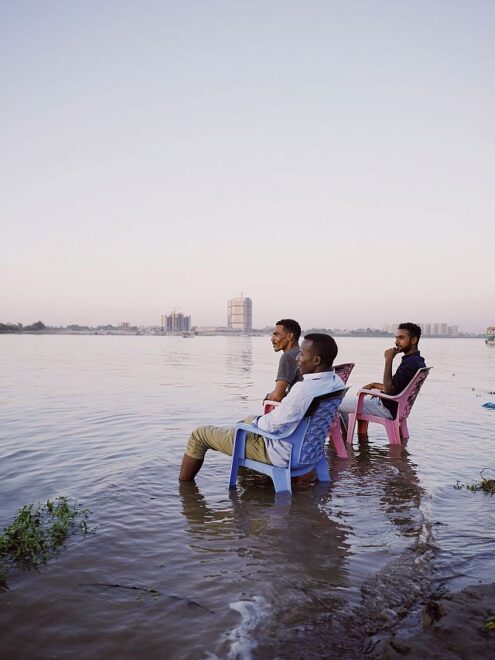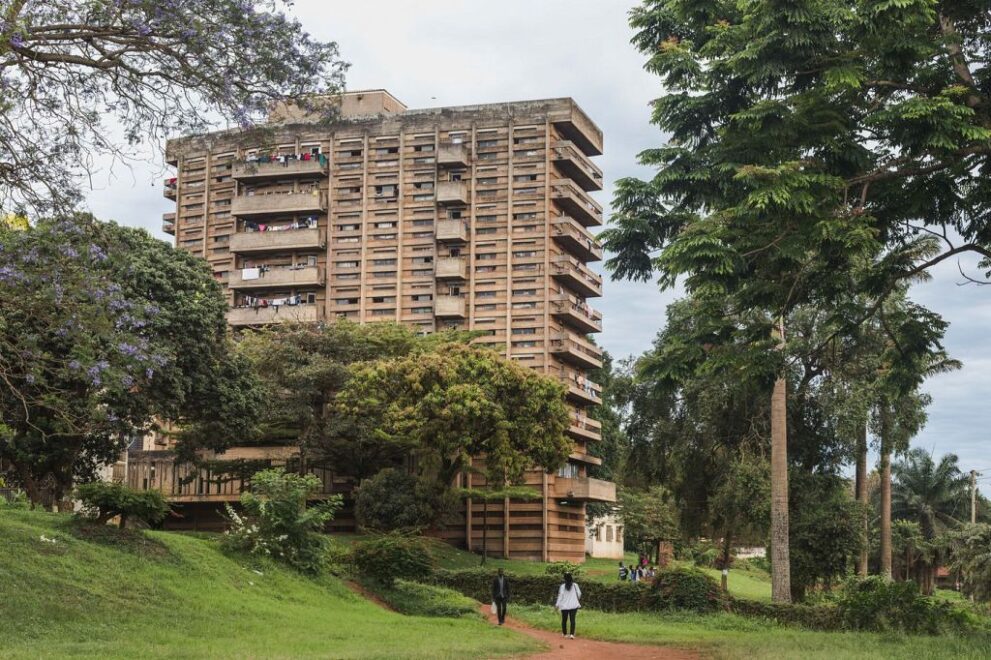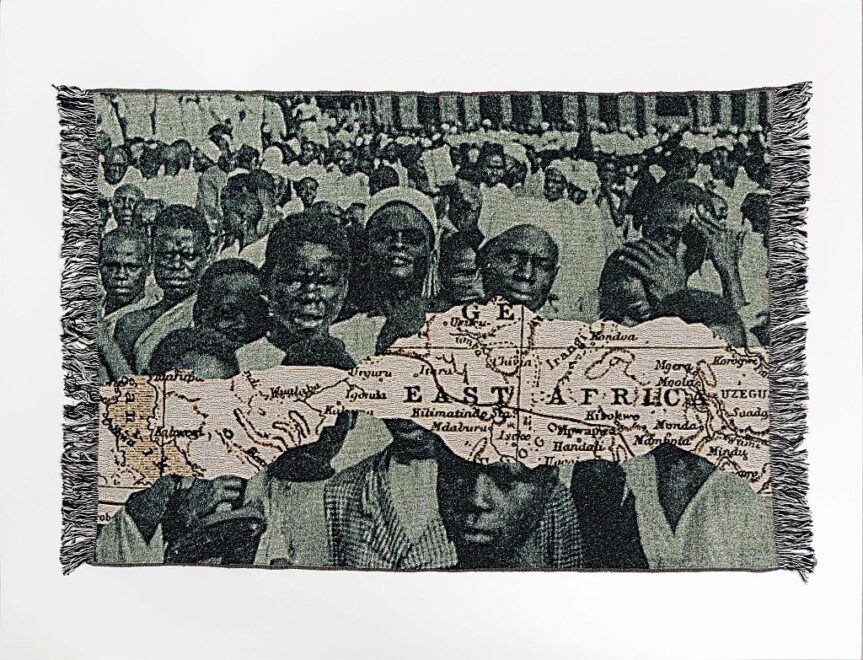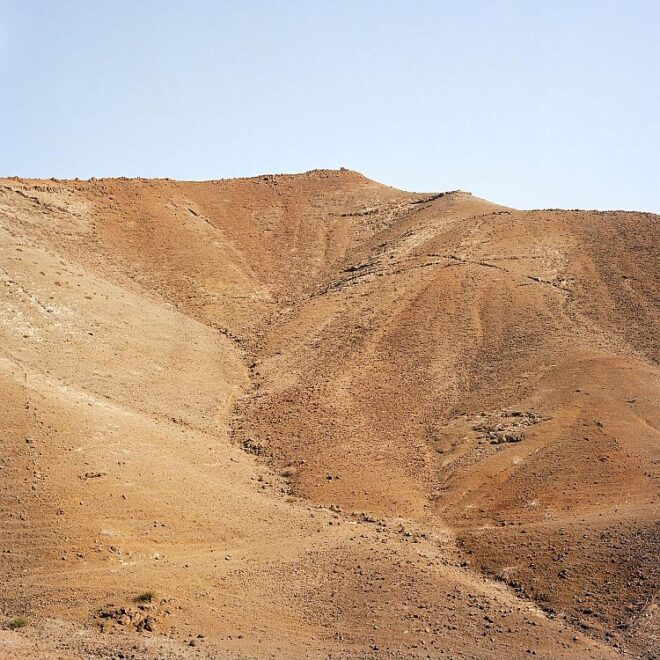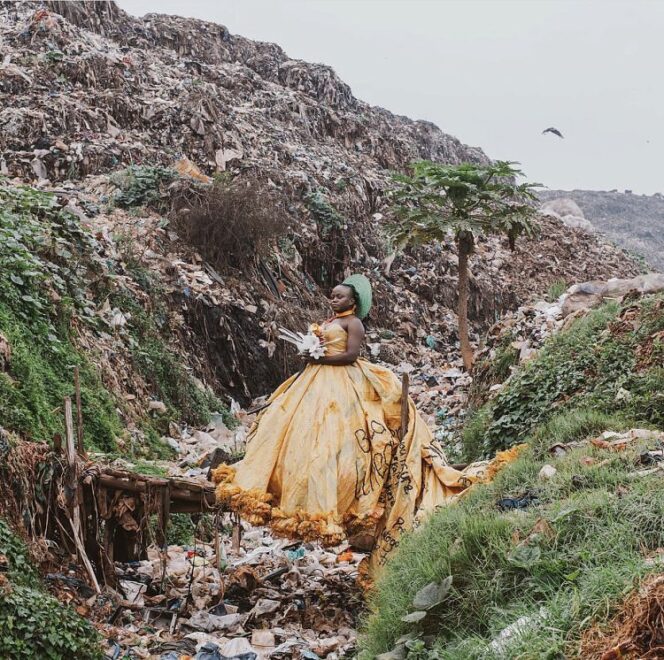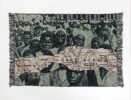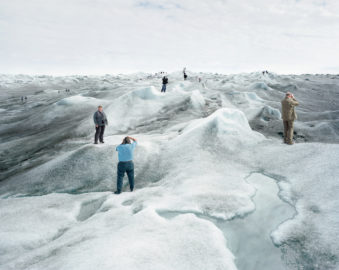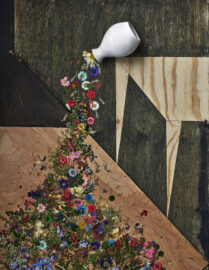The Taxonomy of Shadows: On Photographic Collectivism
“A photograph can fix a moment of someone’s life like a butterfly pierced by a pin. The subject becomes a species, an exhibition, a taxonomy.” — Nadine Gordimer, 1987, in an essay on photographer David Goldblatt
The year 1982 marked the formation of the Afrapix Collective in South Africa, which was created out of a need for visibility around the struggles for political liberation that were taking place in the country. Through the collective form, photographers like Omar Badsha, Santu Mofokeng, Biddy Patridge, and David Goldblatt joined forces in order to influence international reporting, and therefore the global view of the brutality of Apartheid. Inspired by British and South African novelist Nadine Gordimer’s statement, The Taxonomy of Shadows: On Photographic Collectivism considers how the language of photography is a crucial layer in the political and strategic work of African photographic collectivism.
In the decades since the 1980s, many collectives have emerged across the African continent, born out of a similar need to influence their local, regional, and international photographic and artistic landscapes. Their legacy permeates into places where there have long been deficits in the education system, and shows how Ubuntu philosophy and other forms of collective activism can redress those deficits. Artists take it upon themselves to form informal initiatives that, in addition to their political and social aims, provide shared studio space and equipment or act as an educational platform. By operating as sometimes-unofficial groups, these lens-based artists open up avenues for mobility across borders and create dialogues around the most critical issues of the late twentieth and early twenty-first century.
Through The Taxonomy of Shadows, curator Serubiri Moses develops the strong links between historical events and the artistic practice of collectivism. The exhibition examines photographs of the land—Behind each of which is a memory, an event, and a history—while focusing on issues such as Black feminist activism, Pan-African mobilities, land dispossession in North Africa, fiction, architecture, spirituality, and cultural memory.
Artists include Jess Atieno, Diogo Bento, Timothy Latim, Muhammad Salah, and Sandra Suubi, with more to come.

